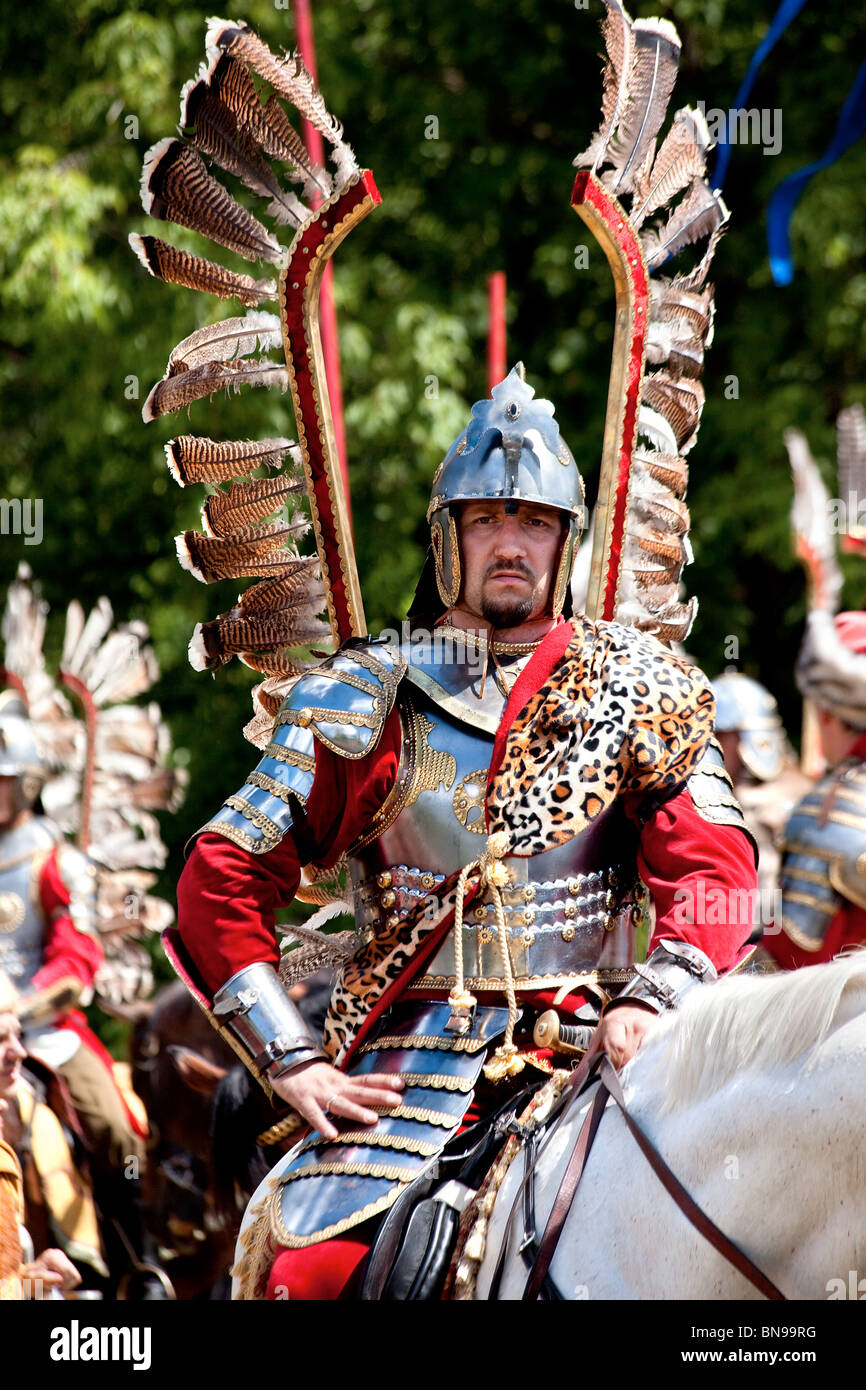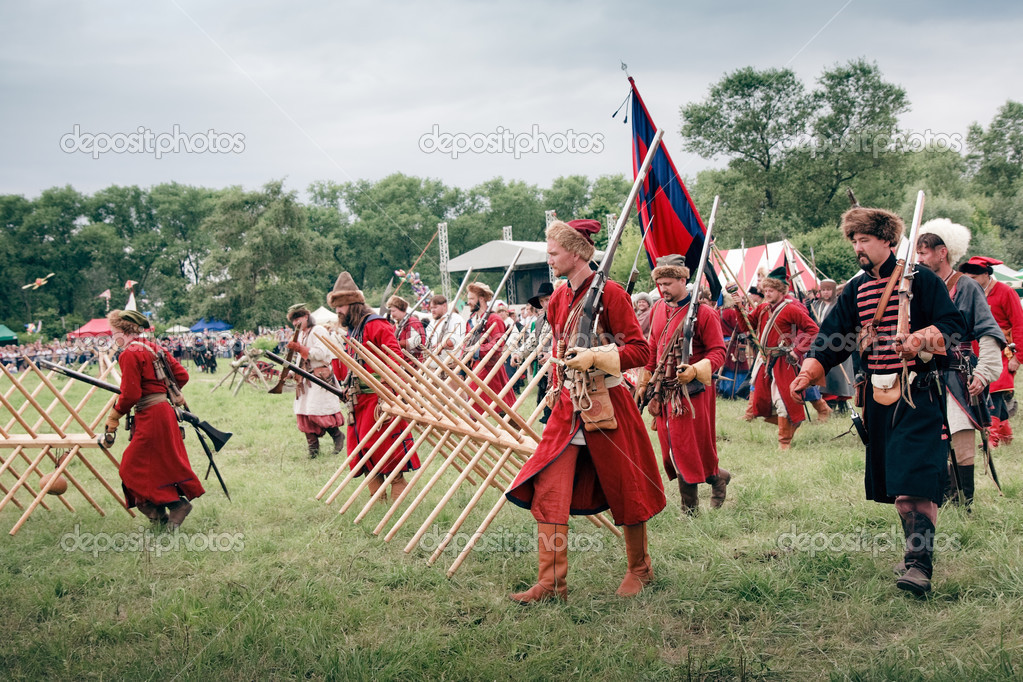Tsardom of Russia: Klushino
Klushino (1610)
Background: In 1610, in response from advances of the Polish-Lithuania Commonwealth forces into Russia and their claims to the Tsardom of Russia, Russia and Sweden made an alliance to counter attack the Polish-Lithuanian Commonwealth forces push. Before the invasion of Russia by the Commonwealth, Russia had many civil wars occur by many Russian factions claiming the Tsardom. After these many civil wars Poland then claimed the seat of the Tsar as there's and decided to besiege Smolensk in 1609. The armies of Russia and Sweden were led by Prince Dmitry of Shuisky of Russia and Jacob De la Gardi of Sweden, who decided to do a counter offensive to relieve Smolensk in 1910. Most of the Russia Boyars new if they could relieve Smolensk soon that it would fall to the false Tsar, Prince Wladislaus of Poland and the Commonwealth forces. This meant for both countries that the next battle would be one of the most important of the Polish-Russian War (1605-1618).
Purpose of the Battle: The major reason for this battle was that the Russian army was trying to relieve the besieged city of Smolensk from the Commonwealth. Another reason was to silence Commonwealth about claiming the seat of the Tsar as Poland's.
The Battle: Prince Dmitry moved his armies to the besieged city of Smolensk, but was intercepted by the Commonwealth forces outside of Smolensk. Dmitry decided to make camp not knowing how many number of men the Commonwealth army had around him. As the Russian made camp the Commonwealth forces around 12,000 or more surrounded the much larger 40,000 soldier army of Russia. The Russian Army was divided into two sections, one being led by the Russians which was the larger group and the other by the Swedes who were mostly mercenaries from across Europe. The battle began at night when the Commonwealth began to organize themselves for a sneak attack on the encampment, but preperations took longer than expected and the Russians noticed there movements and prepared for battle. The battle began with a major Hussar charge (who were the elite soldiers of Poland) that continued by one historian over 10 times. The Russian leader Prince Dmitry, tired of the countless charges decided to counter charge the Hussars and the Commonwealth forces. The counterattack by the Russian calvary was disintegrated by the salvos from the Polish arquebusiers and attacks by the Hussars. The Russian center then broke causing the rest of the forces to flee on the Russian side. The mercenaries led by the Swedes did not retreat until the rest of the Commonwealth forces arrived to the battle.
 A Winged Hussar of Poland
A Winged Hussar of Poland
Commanders: Prince Dmitry of Shuisky- Russian Swedish Alliance
Jacob De la Gardi- Russian Swedish Alliance
Stanislaw Zolkiewski- Polish-Lithuanian Commonwealth
Aftermath: After the defeat of the Russian army, the Russian army and their leader Dmitry fled back to Moscow where they would try and regroup and repel future advances. The Commonwealth looted the camp and took many trophies from among banners and signature belongings. Later in that year Moscow would come under siege from the Commonwealth, surrendering a year later. In the end the Russian lost the war and lost territory to the Commonwealth but were not destroyed by the Commonwealth.
http://www.kismeta.com/diGrasse/kluszyn.htm
https://internationalroutier.wordpress.com/2010/08/08/russias-time-of-troubles-and-the-battle-of-klushino/


I love Micah's work
ReplyDelete